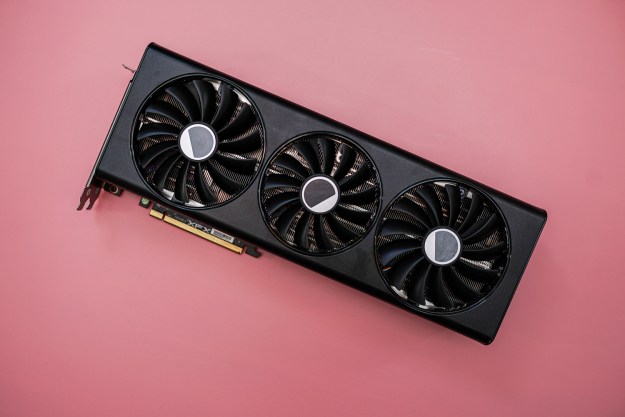AMD’s Zen 4 chips aren’t even out yet, and the hype for Zen 5 has already started. New details about the Zen 5 architecture that have leaked foretell big changes and huge performance leap over Zen 4.
Leaker RedGamingTech said in a YouTube video that AMD’s Zen 5 chips will indeed use a similar hybrid architecture as both Intel and Apple. This would presumably mean a mixture of performance-oriented Zen 5 cores and more efficient Zen 4 cores. He also mentioned that the top-of-the-line Ryzen 9 will simply have all performance Zen 5 cores while APUs will still contain Zen 4 cores.

RedGamingTech also claims that Zen 5 processors will have modified architecture affecting all three caches. The L1 cache, which is built into the CPU itself and is the fastest (and smallest) to access, will be drastically increased. The L2 will face changes and be unified across the core complex (CCX) similar to how the L3 cache is for Zen 3.
Speaking of the L3 cache, that will allegedly be stacked in order to lower latency and reduce the size of the die. This likely builds on top of the stacked V-Cache that improves performance with the Ryzen 7 5800X3D.
Finally, RedGamingTech talks performance, citing IPC gains of about 30% for single-threaded tasks. The core counts for Ryzen 8000 will also double in number, with high-end processors getting up to 32 cores. For comparison, the current Ryzen 9 5950X has 16 physical cores.
As with all leaks, it’s wise to take all of this with skepticism, but it’s easy to see why many people are excited about Zen 5. RedGamingTech claims that AMD is actually more excited about Zen 5. The increased cache sizes plus IPC improvements could have AMD back on top as the performance king over Intel’s Alder Lake CPUs.
Looking at the upcoming Zen 4 release, those chips could see an overall performance increase of 40% over Zen 3. AMD already showed off a preproduction Ryzen 7000 CPU running Halo Infinite at 5GHz on all cores. Granted, the company didn’t show what graphics card was being used, but it does provide a tantalizing glimpse into what’s possible.
Between AMD’s Zen 5 chips and Intel’s Raptor Lake architecture, it looks to be a great time for PC enthusiasts, especially as graphics card prices continue to drop.
Editors' Recommendations
- AMD’s canceled GPU could have crushed Nvidia
- What is CPU cache, and why is it so important for gaming?
- How a rumored CPU might embarrass the PS5
- AMD’s next-gen CPUs are much closer than we thought
- Does RAM speed matter for PC performance?




